All for the love of buffaloes Unique practices in dairy buffalo production
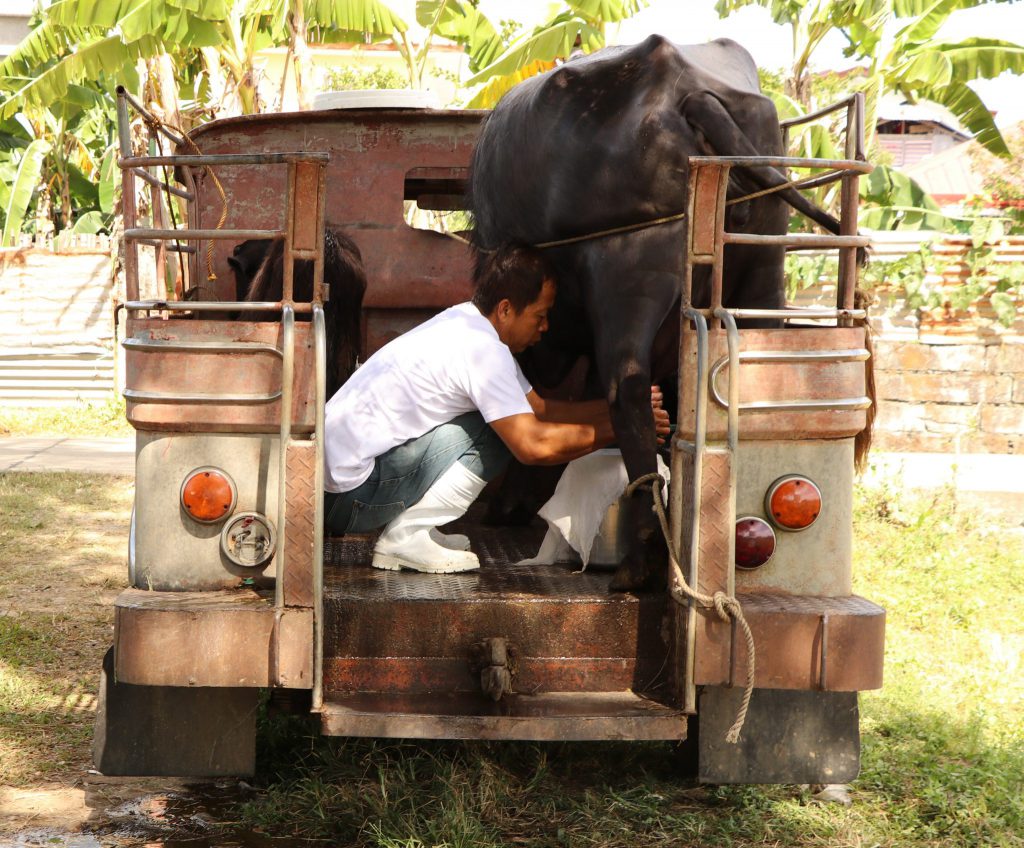
The couple, Benedicto “Benny” dela Torre, 55, and Evelyn, 38, of barangay Pulong Buhangin, Santa Maria, Bulacan, has peculiar practices in conveying their sincere and profound love for their buffaloes. This unique show of special concern for their dairy buffaloes, to their estimation, undoubtedly resulted in favorable returns to their lives. As one proof, when […]
Effective breeding, pregnancy detection on dairy buffaloes key to a better gain
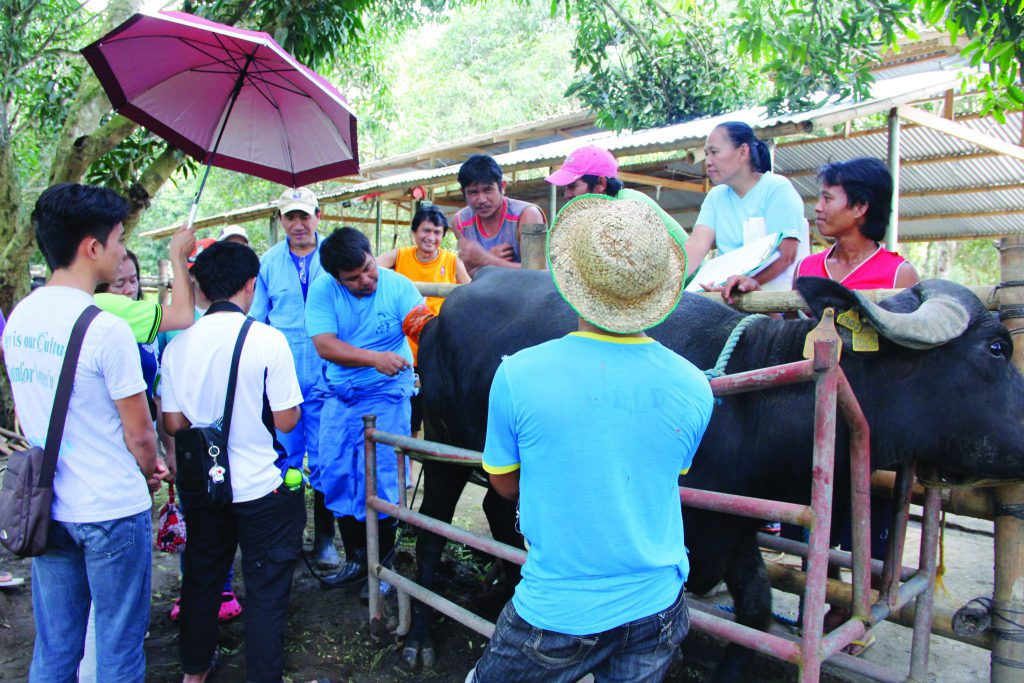
A common challenge faced by dairy farmers is to have their dairy buffaloes pregnant and, after calving, to see them get pregnant again in the shortest time possible. This is because they have no income if their animals are not lactating, which only happens if the animals give birth. To address this concern, a project […]
In the heels of rice tariffication PCC exec’s advice to rice farmers: Integrate carabao dairying
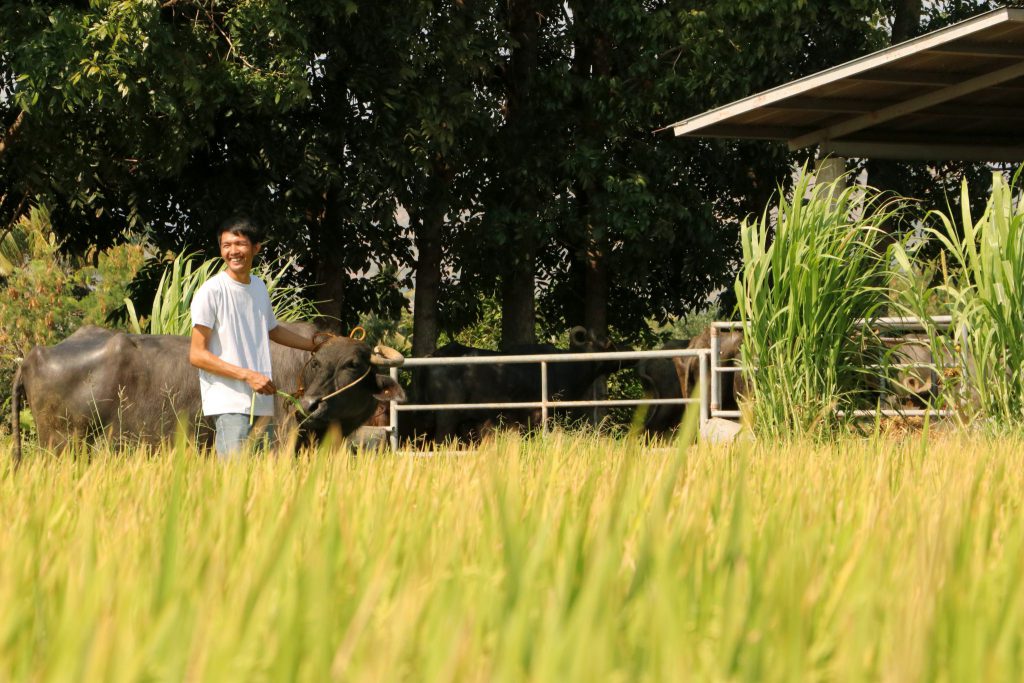
SCIENCE CITY OF MUÑOZ – Farmers who are worrying about possible lowering of their income due to the effects of the Republic Act 11203, or the rice trade liberalization law may engage in other income-generating projects right in their own backyard. One such project is carabao dairying, suggested Dr. Arnel del Barrio, executive director of […]
Hats off to the latest FLS-DBP graduates

DON CARLOS, BUKIDNON— The Philippine Carabao Center at Central Mindanao University (PCC@CMU), in partnership with the municipality of Don Carlos, spearheaded the first graduation ceremony in Bukidnon on Farmers Livestock School on Dairy Buffalo Production (FLS-DBP) at the Abellanosa’s Learning Site, San Francisco, Don Carlos, Bukidnon on April 11. The FLS-DBP classes started on August […]
PCC trains outstation IOs

Nineteen Information Officers from the Philippine Carabao Center (PCC) regional network were capacitated as news and feature writers and partners in delivering information that can benefit carabao farmers and other stakeholders. Rowena Bumanlag, Knowledge Management Division-Applied Communication Section Head, said that the number of KMD personnel from the national headquarters who are doing information dissemination […]
BODACO receives P600k-worth SSF grant

The Department of Trade and Industry (DTI) thru its Shared Service Facility (SSF) project awarded three units of Soft Ice Cream Machines to Bohol Dairy Cooperative (BODACO) during the launching activity on March 22 at Philippine Carabao Center at Ubay Stock Farm (PCC at USF), Lomangog, Ubay, Bohol. BODACO requested the Php600,000-worth of equipment to […]
PCC gears up for RA 11037 with ‘Value Chain Players Consultation’
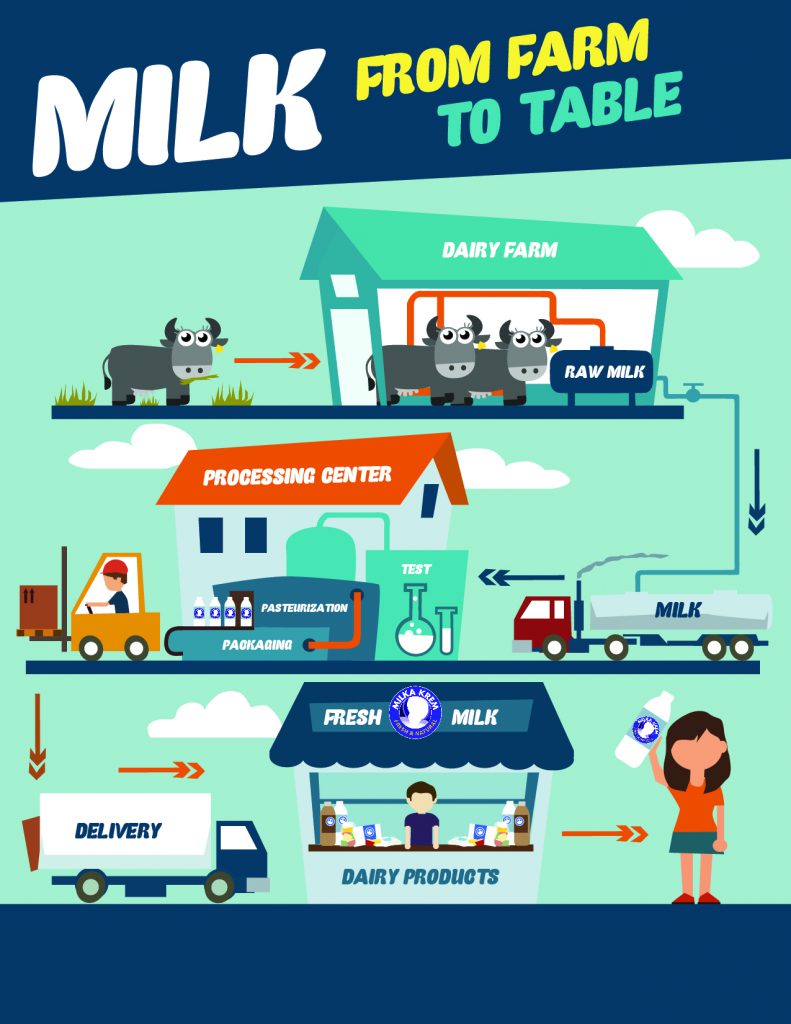
The Philippine Carabao Center (PCC) conducted the “Value Chain Players Consultation on National School Feeding Program Implementation” last March 28, 2019 at the PCC National Headquarters and Gene Pool, pursuant to the implementation of Republic Act (RA) No. 11037 or “Masustansyang Pagkain Para sa Batang Pilipino Act”. The activity was organized through concerted efforts of […]
Serrano sees ‘agripreneurship’ to usher more sustainable, progressive industry
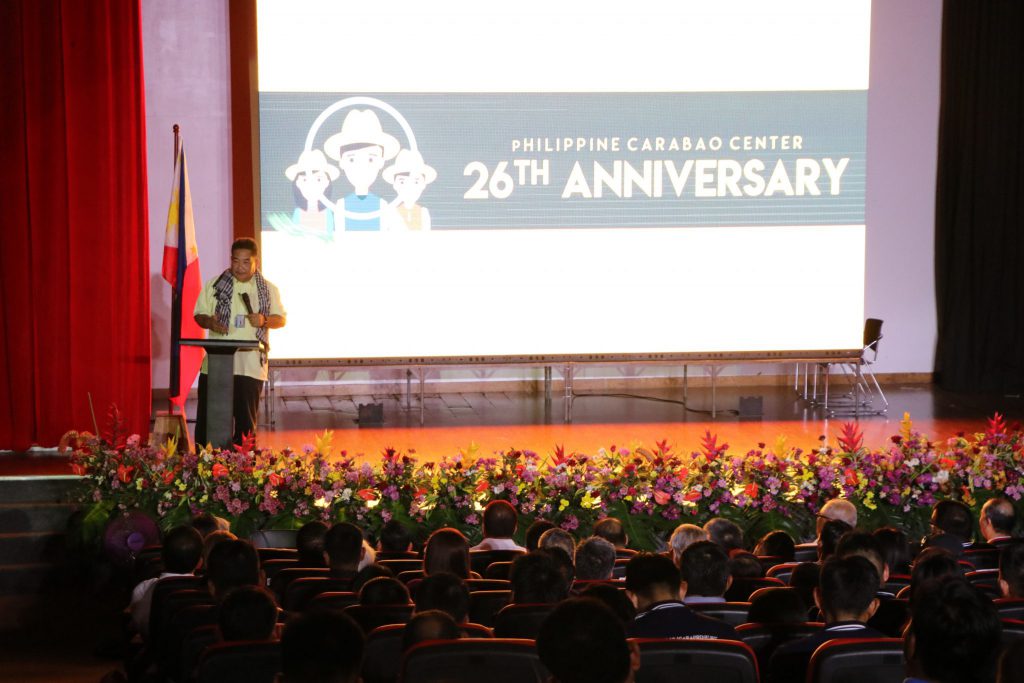
“Millions of local farmers, especially entrepreneurs, generate income and will not leave our country. They usher a sustainable and resilient progressive industry,” Undersecretary Segfredo Serrano for Policy and Planning of the Department of Agriculture said in his keynote address during the PCC’s 26th anniversary program held March 27 at the PCC National Headquarters and Gene […]
PCC inaugurates IP-TBM office
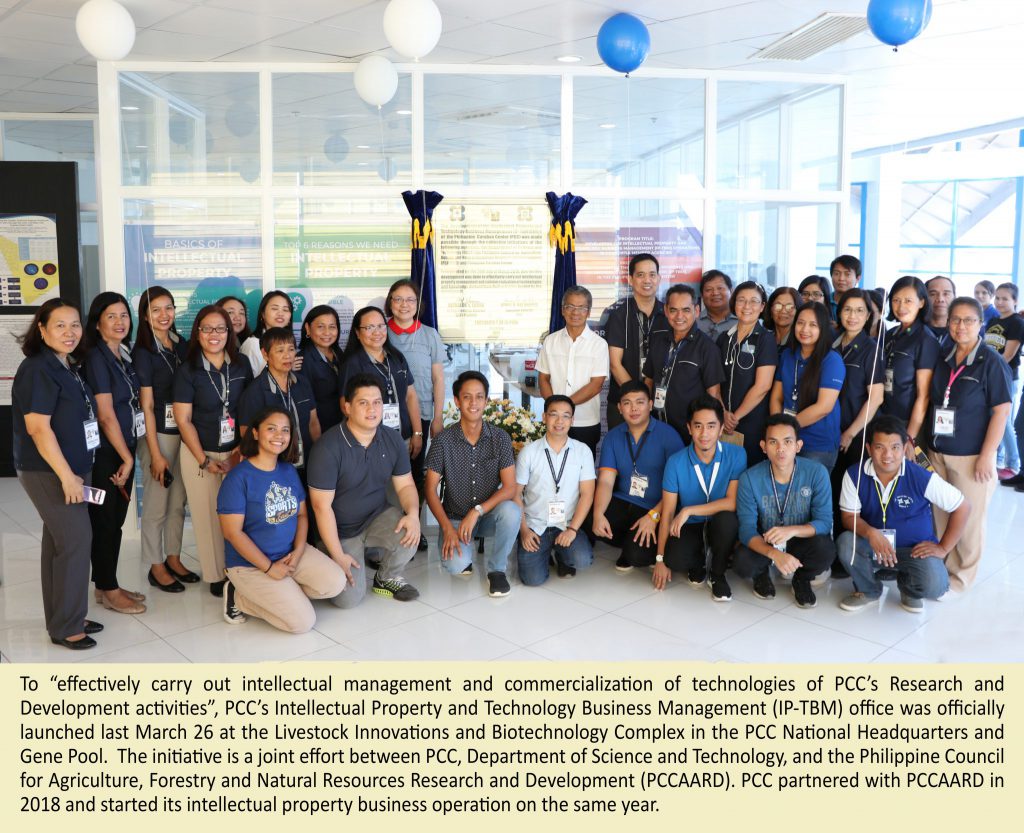
PCC-HRMS: Empowering human resource toward excellent service delivery
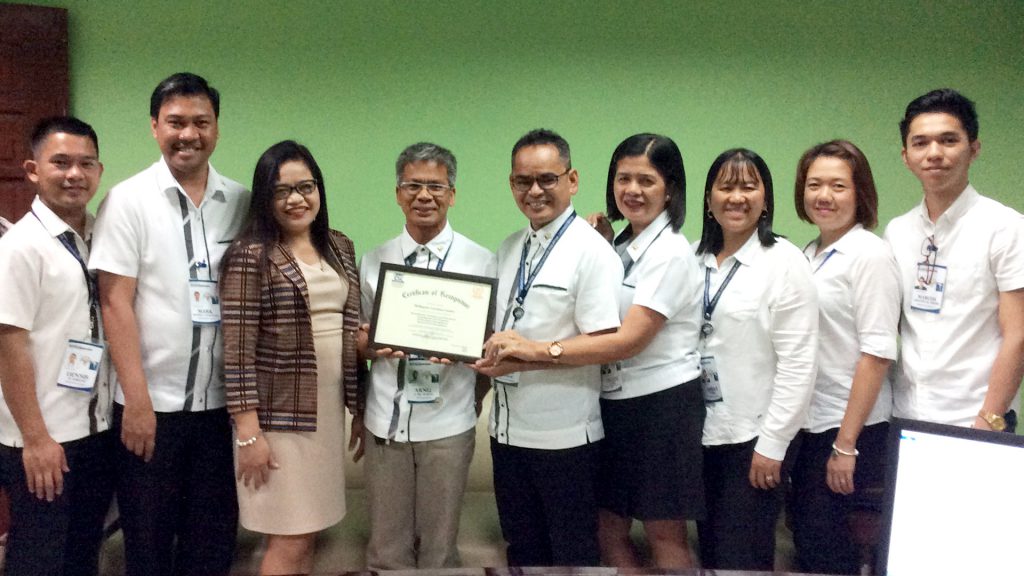
Effective public service delivery through empowered human resources – this was the driving force behind the Philippine Carabao Center (PCC) for obtaining Maturity Level 2 of the enhanced Program to Institutionalize Meritocracy and Excellence in Human Resource Management (PRIME-HRM) of the Civil Service Commission (CSC). The PRIME-HRM is the accreditation program of the CSC for […]











